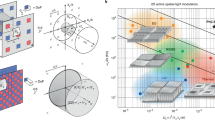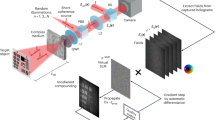Abstract
OFTEN and often in walking or riding over the chalk downs of Wiltshire or Hertfordshire I have observed a bright halo surrounding the shadow of my head. This is usually cast by sun or moon in bright clear weather, and extends with a radius of about three times the shadow's diameter around the head alone. It is probably due to diffraction of light-waves, an explanation of which at length may be read in Glazebrook's “Optics” and in other text-books. But your correspondent omits the most extraordinary character of the phenomenon. It is a curious fact that any man can see the light around the shadow of his own head, but never about the shadow of another. Few people notice this halo, but when once pointed out to them, they tell me they frequently observe it. It is particularly clear when thrown across a valley from one ridge to another on the opposite side. I have puzzled over this spectral brightness for five years, and never found an explanation of the fact that no one can see anyone's halo but his own. I have delayed writing to NATURE until cause and effect could both be given, but they are not forthcoming.
This is a preview of subscription content, access via your institution
Access options
Subscribe to this journal
Receive 51 print issues and online access
$199.00 per year
only $3.90 per issue
Buy this article
- Purchase on SpringerLink
- Instant access to full article PDF
Prices may be subject to local taxes which are calculated during checkout
Similar content being viewed by others
Author information
Authors and Affiliations
Rights and permissions
About this article
Cite this article
EVE, A. A Shadow and a Halo. Nature 38, 589–590 (1888). https://doi.org/10.1038/038589c0
Issue date:
DOI: https://doi.org/10.1038/038589c0



